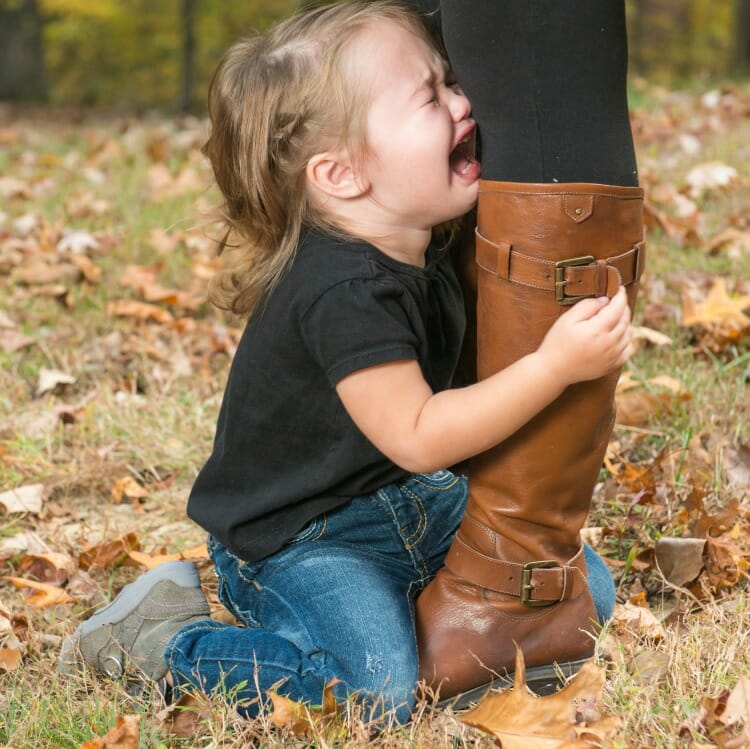![]()
The power of parent child connection

Why understanding connection could change the way you parent
By Clinical Psychologist Lynn Jenkins
We are all born hard-wired to connect with other humans. Why? Because we are completely dependent on them for literal survival. This is known as the parent-child connection or relationship.
Connection Equals Calm
While we may not realise it, our nervous systems are constantly letting us know that connection is extremely important; that it equals ultimate safety. For example, next time you feel nervous, notice if you crave a something or a someone – that’s your system, telling you, it’s time to connect.
When we have interruptions in connection with other people (like when someone we think of as a friend, walks straight past us without acknowledging us), our nervous system perceives this as a threat, and this can make us feel a bit off.
Our kids are meant to perceive us, their parents, as the ultimate connection that brings an ultimate sense of safety and therefore calmness to their nervous system (the calm zone). Knowing this simple fact can help us understand why the parent-child connection is the Auto Bahn of highways to bring your child back to the calm zone when they have left it.
When you get flipped the bird

The problem is, when we’re in the midst of those trying moments with our kids (when we just want to scream!), we’ve left our calm zone too! We don’t feel like connecting with them when they’ve just called us a name or hit us. We don’t feel like drawing close when they’ve flicked us the bird or screamed, you are the worst parent EVER!
How can I connect with that, you might ask? Remember, we are also wired to move away from what we consider painful (and that type of behaviour is BIG TIME painful, I know) as that is our human nature…
You are it, when it comes to your child feeling safe
When we stagger back to our calm zone from the eye of the storm (take a moment in the pantry to breathe), then it’s time to draw on our tool of knowledge. Knowing that you are the main source of safety and knowing that you can help your child
feel safe again, is the strongest starting point. Knowledge in these moments is power! You are exactly what they need. And believe me, in the actual moment, this can feel like a curse. All you need to focus on in this moment, is to help them feel safe, so that their nervous system will allow them back to their calm zone.
It is up to you to communicate that they are safe with you. So, how do you do that?
Ask yourself. What makes your child feel safe?

What is relevant here, is the answer to this question: what makes my child feel safe with me? From their perspective (not yours), how do I communicate safety to them?
What also is relevant here, is the answer to another question: what does my child perceive as an interruption to their connection with me? From their perspective (not yours), how am I communicating to them in a way they feel DIS-connected from me? Even just thinking about these questions gives you immediate guidance.
Even the idea that it is from their point of view can get you on the road to thinking about the situation in a new way.
Kids Need Co-Regulation. Kids Need You.

The word seems a bit dry but having CO-regulation (emphasis on the CO meaning joint, mutual, equal) written on the fridge is a good strategy too, because it can remind you, your child needs help working together with you.
When our kids are little babies, it’s a no-brainer to attend to them in a gentle, caring way when they cry or let us know they need something. This is because we know and we remind ourselves without thinking that babies are dependent on adults for everything.
As our kids grow older, they become so much more independent and competent in lots of things and we think they don’t need our help nearly as much as they used to (or at least they like to tell us they don’t need it).
However, when it comes to emotions, they still need us big time! Unfortunately, we can often ‘check out’ from helping them as they grow older and we place inaccurate expectations on them to be able to get themselves back to calm. Just Breathe – you’ll be right.

We seek out tips and strategies that are supposed to make them calm, but they don’t always work! WHY?? Because they need us to co-regulate them just like when they were babies.
Pathway to Connection – Starve the fire
This is where the tool of parent child connection comes in. When helping your child towards calm, less is best. Thinking of a fire is good too. The aim for you is to not add fuel to the fire; let the fire extinguish by starving it of oxygen.
Remember, CONNECTION = SAFETY = CALM.
Connection is so important to us as humans that we are born with a whole system to connect with others – our Social Engagement System. That is; our face, eyes, tone and volume of voice, and posture.
For a Printable Roadmap towards RE-connection – Click here for What to do when your kids are carrying on
Take the Bottom-Up Approach
Think about what you need from another person when you are really angry or stressed out? Would you really need lots of words? Heavy problem solving? Being asked why are you being like this in a frustrated tone of voice? OR would something like this be more helpful:
A quiet presence, not too many words except for those like: I get it; It’s hard; Let it out; I’m here to help if you need it. A gentle voice, eyes, and posture. A gentle and rhythmic rub on the back, rocking on a lap, calm music, nature. Or simply just knowing that a safe person you trust is close by and they understand you just ‘get like this’ sometimes.
These are all pathways to a human’s calm land.
This type of approach is called Bottom-Up (or think body up) because it is calming the body, the autonomic nervous system, regulating it back to calm.
In those tough moments, our kids need us to know what safety means to them and approach them with a co-regulated, bottom-up approach that energises our parent child connection.
Quick tips and strategies are fine, but if they’re not working, it’s a good sign that you might need something a little deeper – a bottom-up approach that is quite simply, shifting the way you perceive a moment.
You already have everything you need to calm your child and make ‘those’ moments better. Perhaps it just needs a tweak in timing, or a couple of extra steps, or a few practice runs.
Either way, go with confidence. You’ve got this!
For a Printable Roadmap towards Co-Regulation, Click Here for How to be on the same team as your child
The Healthy Mummy Wellness App – Practical Wellbeing For Your Daily Life

The Healthy Mummy Wellness app is built to support mums’ mental, physical and social wellbeing. We have expert advice to help mums makeover their minds, transform their mood, manage their hormones, sleep better and engage with their family. You can listen to podcasts, read blogs, work out with our trainers and find healthy, family-friendly recipes from the palm of your hand.
Get the Healthy Mummy Wellness App here
All content and media on the Healthy Mummy Wellness Website and App is created and published online for informational purposes only. It is not intended to be a substitute for professional medical advice, and should not be relied on as health or personal advice. Always seek the guidance of your doctor or other qualified health professional with any questions you may have regarding your health or a medical condition.



